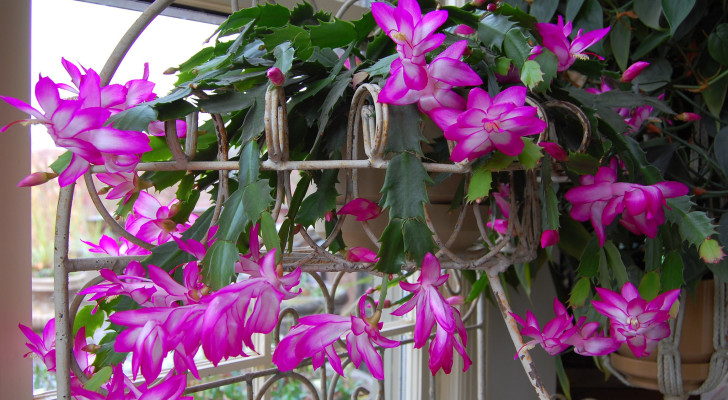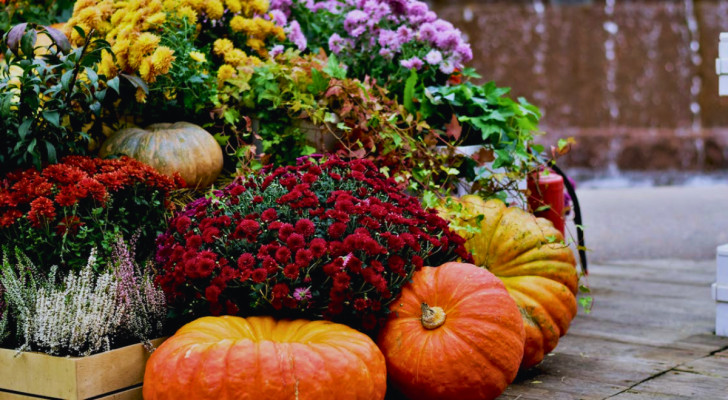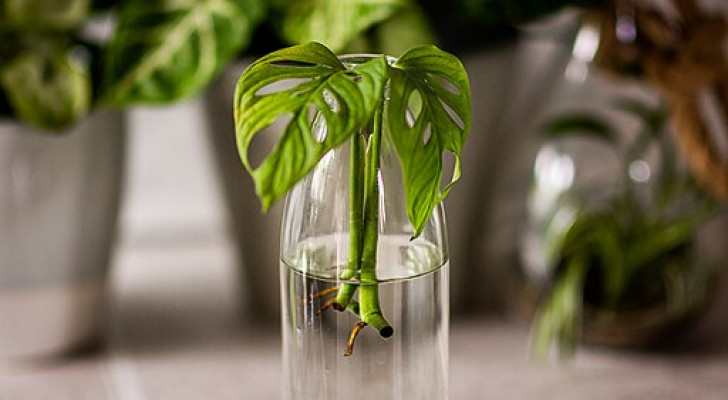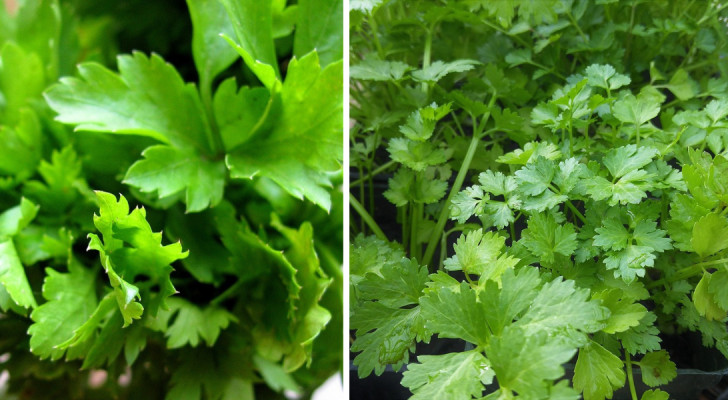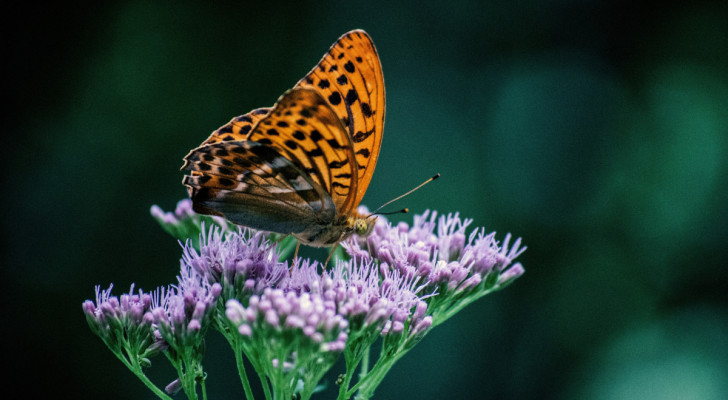When the cold weather arrives, it's time to bring your potted plants inside for shelter: here's some mistakes you should avoid making
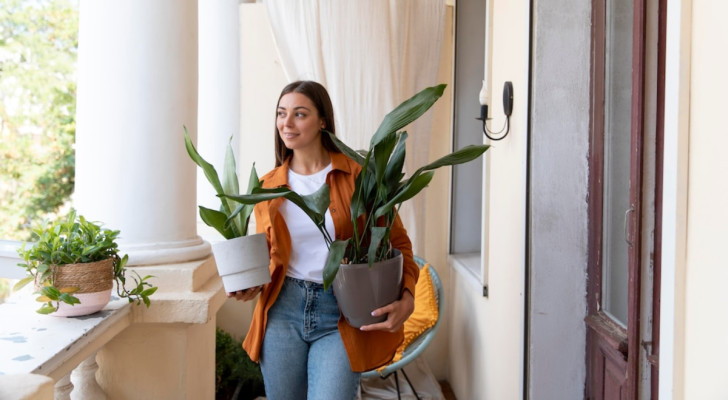
Freepik
With the first autumn chills, the plants we had placed outside during the spring and summer risk getting damaged and might not survive the winter. It’s now time to bring them indoors. To ensure they don't suffer during the cold months, there are some factors to consider and common mistakes to avoid. Let’s go through them together.
When is the right time to bring plants indoors?
During the day, it might seem temperatures are quite mild during fall, but you need to keep an eye on temperatures at night to determine if you need to provide your plants with shelter. If you don't act in time, your plants could fall victim to the cold.
Usually, when the night temperatures drop below 10°C, it's time to bring them indoors.
The right lighting
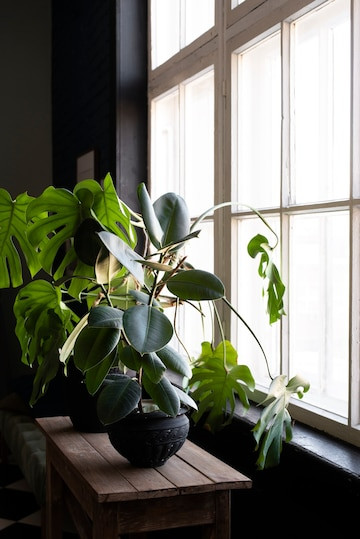
Freepik
All plants need sunlight to live, even those that grow in shaded areas.
- If a certain plant is normally exposed to full, direct sunlight outside, place it near a window facing south-southwest when you bring it indoors - this positioning will ensure it gets enough sunlight.
- If, on the other hand, you have plants that cannot withstand direct sunlight for prolonged periods, place them on windowsills facing east-southeast or a brightly-lit area of a room - but not in continuous, direct sunlight.
- If you have plants that grow in the shade outside, they too must be placed in a brightly-lit area indoors, and again without exposure to direct sunlight.
You can also use grow lamps in order to compensate for the reduction in sunlight that inevitably occurs indoors, especially during fall and winter.
The importance of pest control
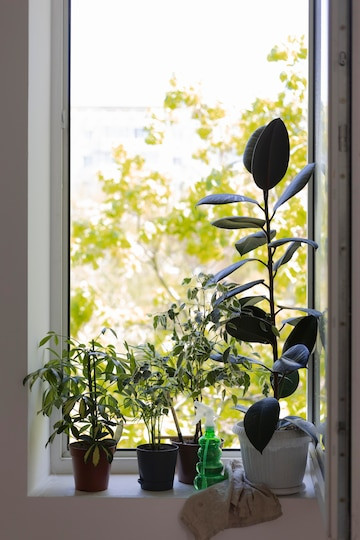
Freepik
Once you're sure where to place your plants indoors but before bringing them inside, you need to first carefully inspect their leaves and branches in order to make sure that the plant is not sick or affected by parasites (which could easily spread to your other plants).
Check the condition of the leaves (on both sides) and all the nodes of the branches. Prune off any dead or dry parts, if necessary. If scale insects need to be removed, make sure to do this far away from your other plants and dispose of them properly to avoid them returning.
If you need to "quarantine" a plant indoors, find a spot that meets the plant's temperature and sunlight needs but which is well away from your other plants.
Humidity and watering
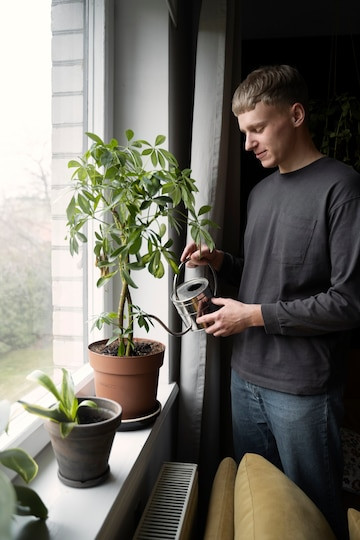
Freepik
When plants are placed indoors for the fall and winter, they need watering less often - but don't forget about them! Depending on the plant, watering can be done from once a week to once every 3 weeks. Plants that don't get watered often when outdoors may need watering only once every one or two months (like sansevierias or zamioculcas, for example).
The "rule" is to always check the condition of the soil first, and water the plant only when the soil has dried out completely - but keep an eye on the plant's leaves and branches: if they are wilting, give the plant a little water to moisten the soil. If the plant recovers within 24 hours, give a little more water.
If the air in your home is dry, it will be necessary to increase the humidity levesl around your plants: you can either water them a little more often (but without soaking the soil), or you can place saucers with expanded clay under them that will soak up water and release it slowly in the form of water vapor.
Don't move them around
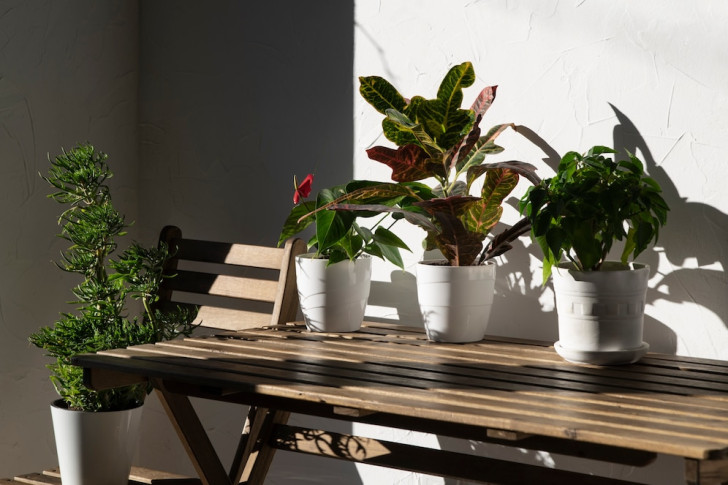
Freepik
When you're sure you have your plants in the perfect spot, don't move them from this position. In nature, plants live out their entire lives in the place where they were intially planted, so moving them around can cause them great stress. Only move a plant if it is clearly suffering (from getting too much or too little sunlight, for example). In other words, consider moving a plant as a measure of "last resort".
Are you ready to bring your plants indoors?
